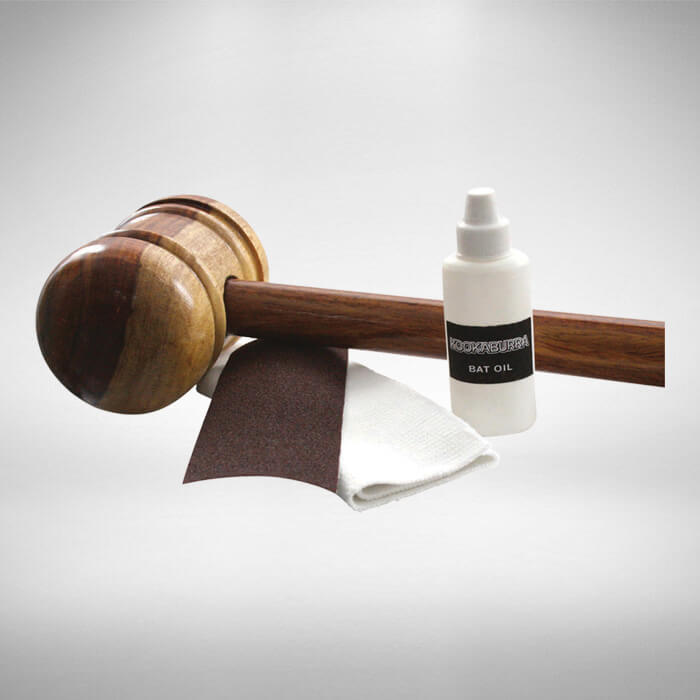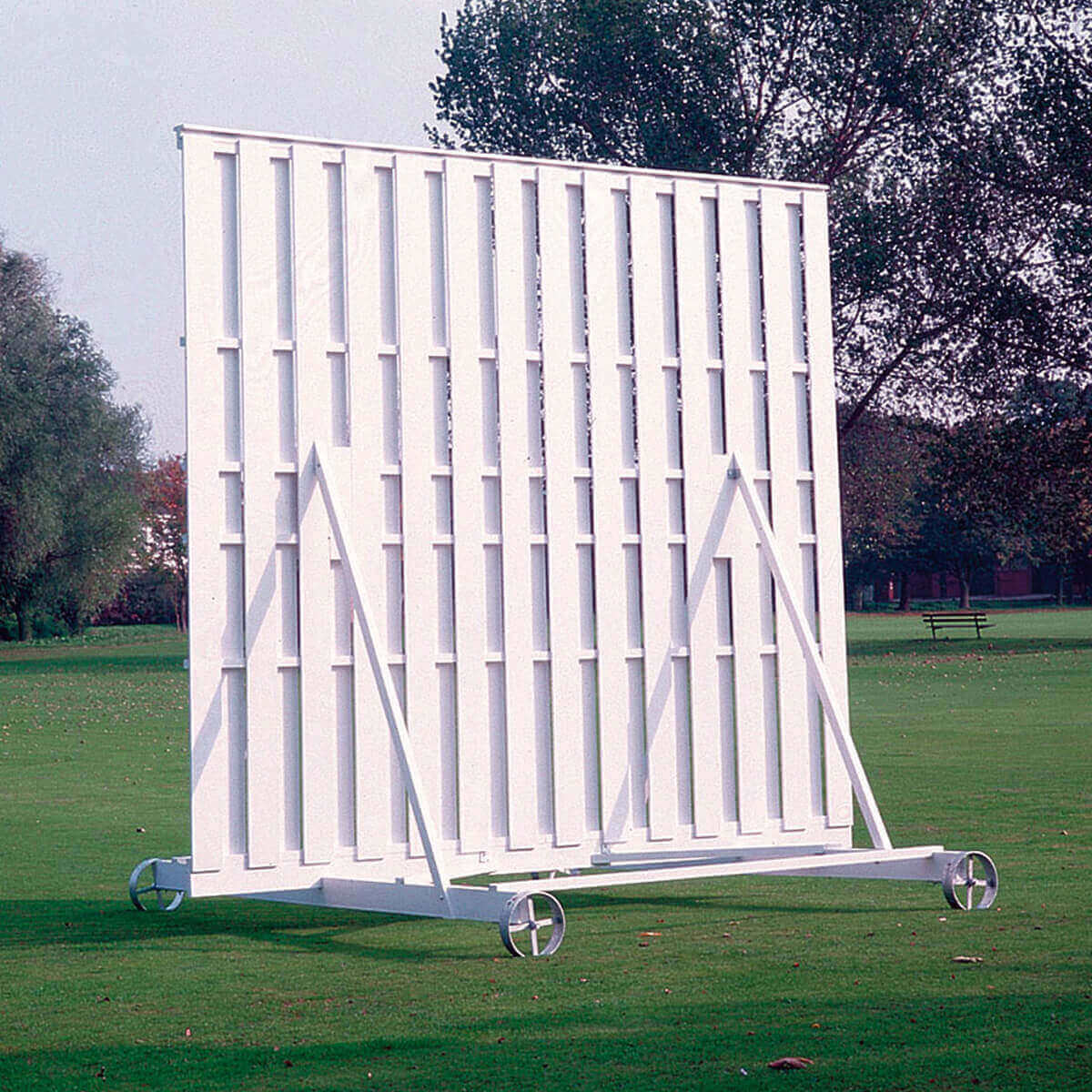So, you’re new to cricket and it’s time to buy your first bat. Where do you begin? It’s a question that every batter has pondered at some point. With so many different sizes, weights, profiles and materials to choose from, selecting the right bat can be a complex and time-consuming process.
If you’re not sure where to start, you’ve come to the right place. In this comprehensive beginner’s guide, we’re going to guide you through the process of selecting your first bat, running through the key criteria to consider and explaining the crucial terminology you need to know. Below, we’ll cover everything from size and weight to grip, playing style and more, equipping you with the knowledge you need to start your batting career the right way.
What to consider when choosing your first bat
Depending on the choice you make, your bat can either help elevate your skill level or hold you back, limiting your progression. It’s a crucial decision, then, but one you have the opportunity to change. Sometimes, finding the right bat is about experimentation; you might need to try several different types before you find the one that suits you best.
With that said, carefully considering each of the following attributes will increase your chances of finding the perfect bat the first time around.
Weight
Traditionally, thicker, heavier bats offer more power, while lighter, slimmer bats give you a little more control and agility. This isn’t always the case, though; thanks to advancements in technology over the years, modern bats perform much more consistently regardless of weight, with even lighter models packing plenty of power.
Because of this, bat weight is an entirely subjective choice. Depending on your playing style, size and strength, your preferred bat weight will vary. Younger players typically start with lightweight bats while older, more experienced players will opt for medium or heavyweight bats depending on their preferences.
Ultimately, there’s no right or wrong bat weight: lighter bats are easier to run with and more controllable, while heavier bats tend to hit the ball further, particularly in the hands of an experienced batter.
Size
One of the questions we’re most often asked here at 3D Sports is ‘what size cricket bat do I need?’ Happily, size is a more objective consideration than weight. Instead of being based solely on feel and playing style, the optimal bat size generally varies depending on your height. Typically, the taller you are, the larger your bat should be.
Sizes range from 0 to long handles, with both the length and width increasing as you switch to larger sizes. To get an idea of which size is right for you, check out our cricket bat sizing guide.
Shape
Although most bats look similar in design at first glance, subtle differences in shape can have a significant impact on the way they feel – and the way they interact with the ball. The ‘profile’ of the bat’s edge, spine and face, along with the curvature of the bat (the ‘bow’) can have just as much of an impact on feel as the bat’s weight and size.
Again, there’s no right or wrong choice here – different players prefer different shapes of bat depending on their individual playing style. Some bats are better suited to front-foot play, while others lend themselves more to back-foot play. Ultimately though, your preferred shape will come down to your individual technique and the way you hit the ball. The shape of your bat should complement your regular impact position, allowing you to deliver maximum power every time you strike the ball.
Construction
You can find cricket bats made from all kinds of different woods, and some models feature more grains than others. Even the structure of the wood grains is up for debate, with some players favouring narrow grain structures (which often deliver more power) and others preferring wider grains (which typically make the bat more durable).
Again then, it’s a case of personal preference. If you want optimal performance, you might want to choose a bat with narrow grains. If longevity and durability are more important to you, a bat with fewer grains will be a better choice.
When it comes to the type of wood, however, there are clear winners. English willow is typically used by top-level professional players, for example, because it has a larger ‘sweet spot’ (the point of the blade that delivers optimal power) and better absorbs vibrations. The result is a more forgiving bat that delivers consistent performance, even when the ball is hit off-centre.
English willow isn’t the only material you should consider, however. Kashmir willow might not perform quite as consistently as English willow, but it’s extremely durable and more affordable, making it ideal for younger players or those just starting out.
Grade
Each cricket bat is graded based on the quality of wood used to construct it. The lower the number, the higher the grade – but what does this mean in terms of looks and performance? Typically, higher-grade bats will have fewer blemishes, a more narrow grain structure (for more consistent performance) and use better quality wood (like English willow).
Occasionally, you’ll see bats that deviate from this numbered grading system. For example, Australian brand Kookaburra offers ‘Jos Buttler Replica Grade’ bats, which are made from the same willow as those used by Jos himself!
Pickup
Sometimes, numbers alone don’t tell the whole story. Two bats can have the same weight and size measurements but feel completely different from one another – and this phenomenon is called pickup. Pickup refers to the way a bat feels in your hands and is largely determined by the weight, shape and balance point of the bat.
A well-designed bat will feel lighter than it is, bringing you the best of both worlds: ample power and plenty of agility and manoeuvrability to go with it. If you’re struggling to choose between two bats that are the same size and weight, consider the pickup: the more comfortable you feel holding and using the bat, the better.
Price
Naturally, the price will factor into any buying decision you make – and cricket bats are no different. Brands like Kookaburra offer a vast range of options to suit players of all levels, with prices starting at just over £20. However, when it comes to high-end bats, the sky’s the limit: Kookaburra’s Jos Buttler Kahuna replica bat comes in at just under £800!
Our advice? Buy the best bat you can afford that suits your playing style and requirements. More expensive bats use higher-grade materials and feature more intricate, carefully scalloped designs, making them more durable, more powerful and more controllable. If you want to flatter your batting skills and level up more quickly, a better bat can make all the difference.
Factor in your playing style
When you’re considering each of the attributes outlined above, make sure you factor in your personal playing style. As we touched on earlier, it’s unlikely that you’ll be able to find your perfect bat the first time out – you might have to experiment with different styles to work out which bats suit you better.
Plus, your playing style will evolve as you gain experience. Over the years, you’ll probably want to switch bats to reflect this. Remember that most of the factors we’ve covered in this blog are subjective; there’s no ‘right or wrong’ choice of bat weight, shape or construction, so don’t hesitate to try different bats to see which one suits you best.
Shop online at 3D Sports today
We hope you found our cricket bat-buying guide helpful. If you have any further questions or want advice from an expert, don’t hesitate to get in touch with the 3D Sports team. Established in 1971, we’ve been supplying cricket equipment to players and clubs across the UK ever since, and we’re always happy to help you find exactly what you’re looking for.
Our vast range includes both junior and adult cricket bats from top brands like Kookaburra, with a variety of options in stock to suit your playing style, budget and skill level. Check out our complete range and shop online today.

















































